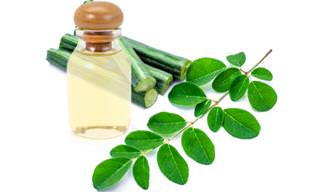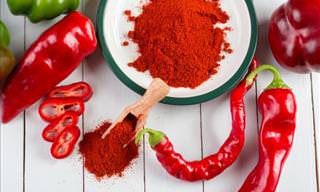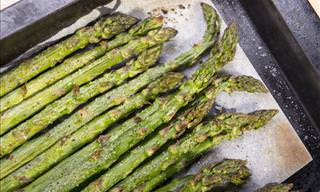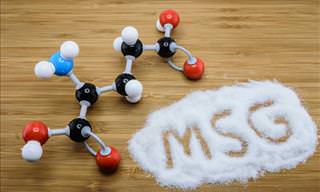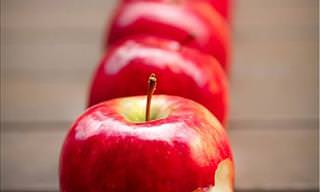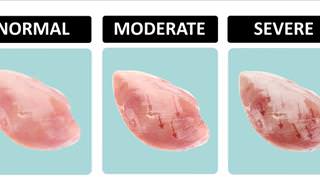A food connoisseur would like to believe that they have tasted the most eclectic dishes from around the world. Even the biggest gourmand, though, is unlikely to have tried some of the most unusual items that aren’t generally considered edible. Here we look at some odd things that you would be surprised to know you can eat. When the apocalypse comes, maybe some of these unusual items can come in handy in dire times.
1. Cigarette
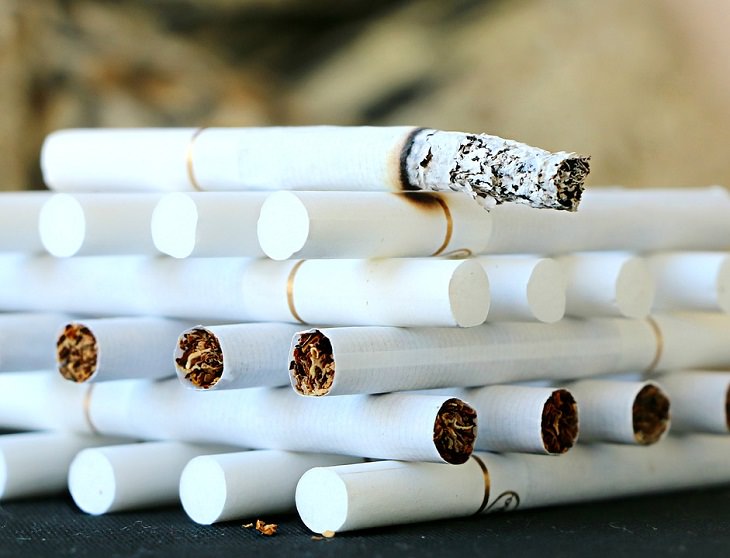
It is widely known that cigarette smoking is bad for health. What about eating it, though? Will that be harmful too?
You would be surprised to know that cigarettes contain natural antiseptic and anti-parasitic qualities, which they get from tobacco. In fact, throughout South and North America tobacco was once used as a remedy for medicinal ailments. So, yes, cigarettes are edible. However, it isn’t encouraged that you go out of your way to make cigarettes your evening snacks or use them for medicinal purposes.
2. Chalk
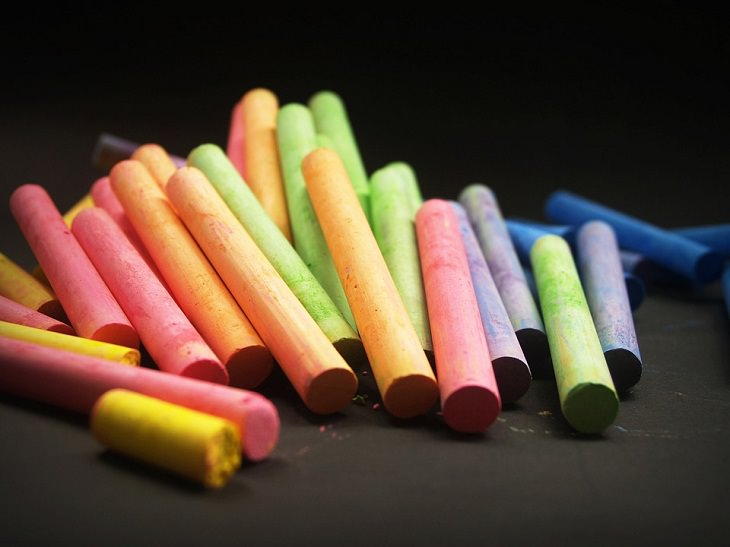
Let’s be honest: we’ve all been curious about how chalk would taste like when we were in school. Many of us probably accidentally nibbled on some as well. So the good news is that chalk is basically pure calcium and is non-toxic. In fact, some people, with nutritional deficiencies that aren’t clear, are even known to crave eating chalk. Researchers, however, have long said that eating chalk is connected to having low zinc and low iron.
Eating white chalk in small amounts will not hurt you, but it isn’t advisable to do so as consuming too much of it can disrupt your digestive system.
3. Clay

Clay, of course, is produced by nature and there are plenty of varieties of it. Clay is used as a natural remedy in several places for the treatment of acne and as a facial mask. Not many would know, though, that clay contains magnesium and other healthy minerals. Bentonite clay, in fact, is composed of aged volcanic ash and can help in cleansing the liver and the colon along with balancing bacteria in the digestive tract.
This obviously doesn’t mean that you head to your local park and begin digging clay from it to eat. There are different varieties of pure, edible clay available in the market which you can try.
4. Glue

Children accidentally consume glue all the time. In fact, many of us would have done the same as children back in our childhoods. Most of us probably think that eating glue would probably stick our insides together. However, some types of glue are actually edible and non-toxic.
Mild forms of white glue are made with a petroleum-based polymer and having a little taste of it won’t damage your stomach. It goes without saying, though, that consuming glue in large quantities and regularly could lead to serious stomach aches and other complications.
5. Leather

This might surprise you the most but it is true: leather is edible. This doesn’t mean, of course, that you begin chewing at your leather shoe or take a bite out of your leather jacket. But it is worth knowing that if you boil leather for several hours it will soften down and will actually be edible and not damaging to the body.
In fact, Native Americans were known to chew on leather hides after boiling it for hours when they were badly deprived of natural food resources. Of course, these days leather is treated with too many chemicals and you would have to really boil it long and hard to make it edible enough.
6. Tree bark
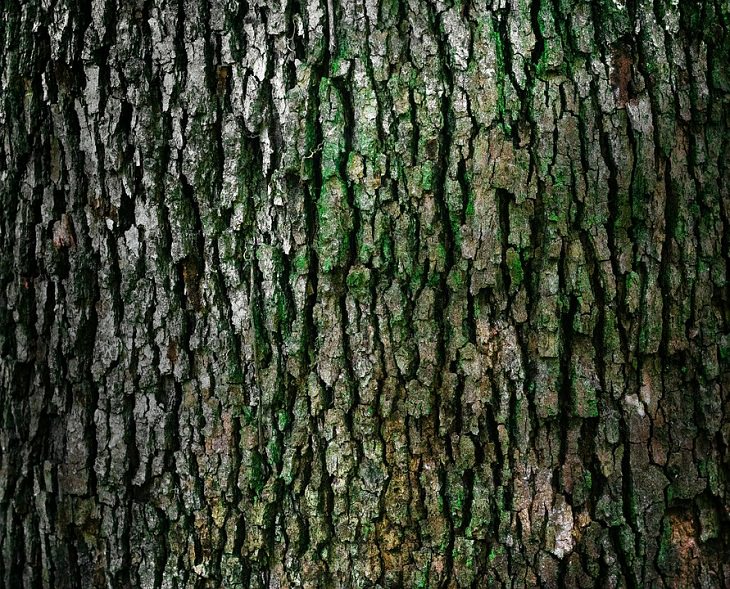
No, don’t be alarmed. We aren’t talking about the bulky, rough, surface of the tree bark. You have to scrape the surface deep enough and reach the cambium layer which is right under the wood. As long as you are using the right and safe part of it, tree bark is a safe and nutritious wild food to eat. Many of our ancestors used this edible inner layer of the tree bark for medicine and for food.
In fact, there’s an American Indian tribe known as “Adirondack”, which literally means bark eaters. Several other cultures have consumed tree bark as fresh, dried or by roasting it to a crisp. Most tree barks have digestible starches, some amounts of sugar, vitamins, and minerals, along with a good dose of fiber.
7. Dandelion
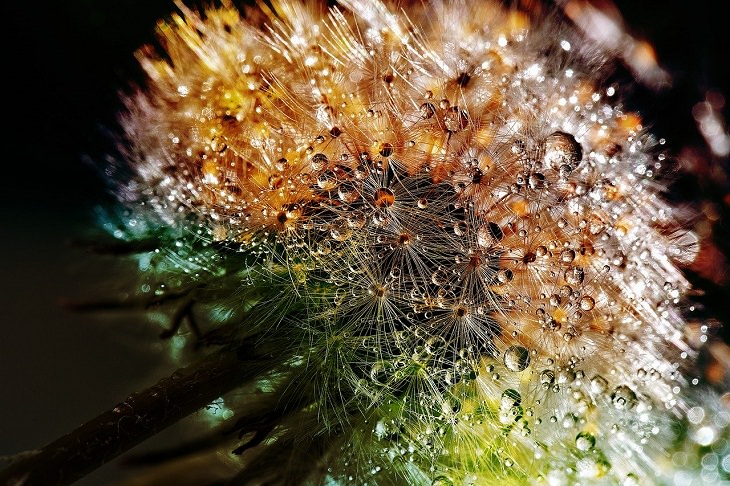
Dandelion, a plant with a yellow flower, is the safest thing you can eat from this list. Many of you might be aware of this flowering plant as the most stubborn weed that refuses to leave your garden. However, dandelion or Taraxacum officinale has many medicinal properties and is also edible.
As a matter of fact, it has plenty of health benefits and is high in antioxidants. In terms of nutritional content, dandelions are abounding in vitamins, minerals, and fiber. The greens of the dandelion can even be cooked or taken raw as they are a brilliant source of vitamins A, C, and K.
8. Cockscomb
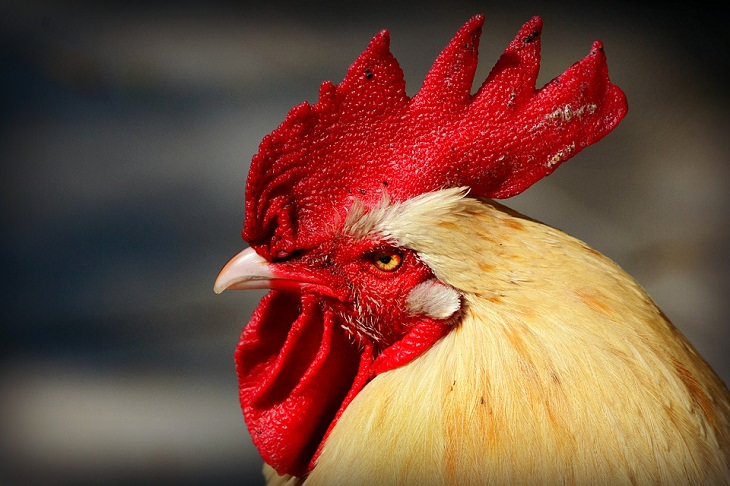
Have you ever wondered what is the red wiggly thing on top of a rooster’s head? It’s called a cockscomb and is considered very tasty by many. In fact, cockscomb is served as an exotic dish in many French, Italian and Chinese cuisines. It can be cooked whole or added to sauces. Apparently, its taste is soft and chewy. Many users have noted that the spikes of the cockscomb have a slightly gelatinous texture with a fine frog-leg flavor.
You would also be surprised to know that they are even served as desserts in some places and ‘Candied Cockscombs with Cherries & Vanilla Rice Pudding’ is one of the more exotic desserts.
9. Eggshells
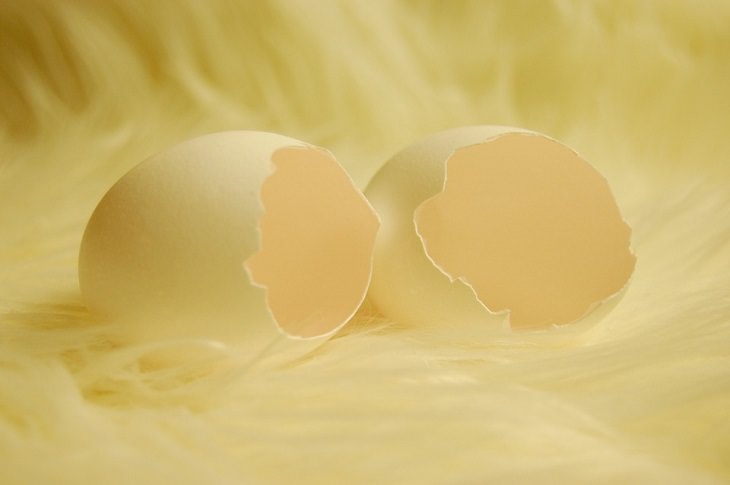
A majority of people who eat eggs almost instantly discard the shells. The next time you are about to dump those eggshells into the dustbin, please consider this – they are very much edible and nutritious. Experts at the University of Florida's Institute of Food and Agricultural Sciences say that a single eggshell contains about 2.2 grams of calcium.
Thus, half an eggshell can provide an adequate amount of calcium required by an adult human being per day. A 2003 review published in The International Journal of Clinical Pharmacology Research found that eggshell powder is a great source of calcium and "may have a positive effect on bone metabolism."
The best way to have eggshells is to have it in powdered form on top of bread, pizza or spaghetti.
10. Cactus
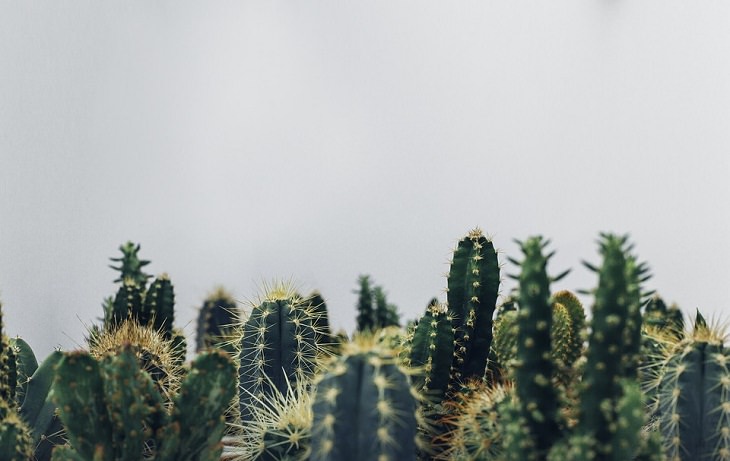
Just the thought of forcing a morsel of a spiky cactus plant down your throat would be painful, right? Think again.
There are many edible and delicious varieties of cacti out there that, when prepared, rightly, can be relished and even added to desserts, drinks, salads, soups, and bread. Some cactus plants taste better after being cooked while some have to be peeled or have their spines removed. You just need to know how to pick the cactus pads and also understand how to prepare them. Many have stated that they taste like okra or cucumber.
 Go to BabaMail
Go to BabaMail














